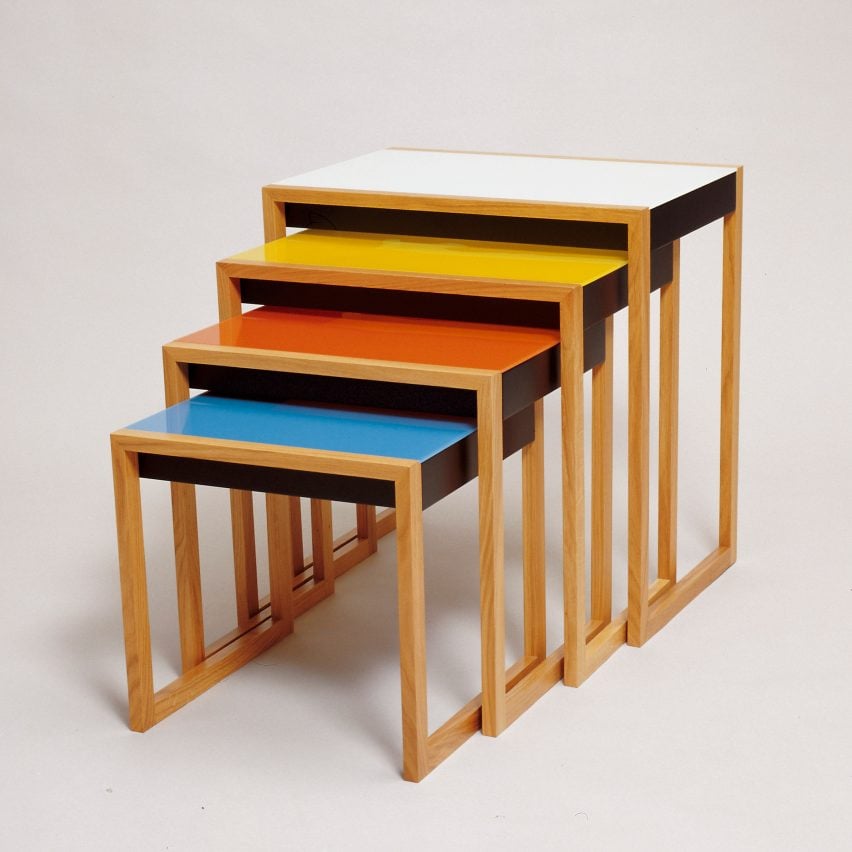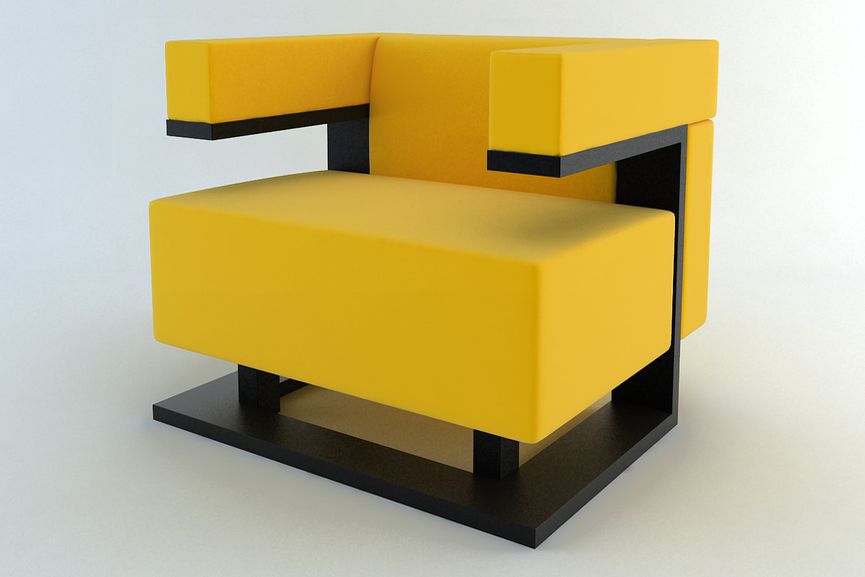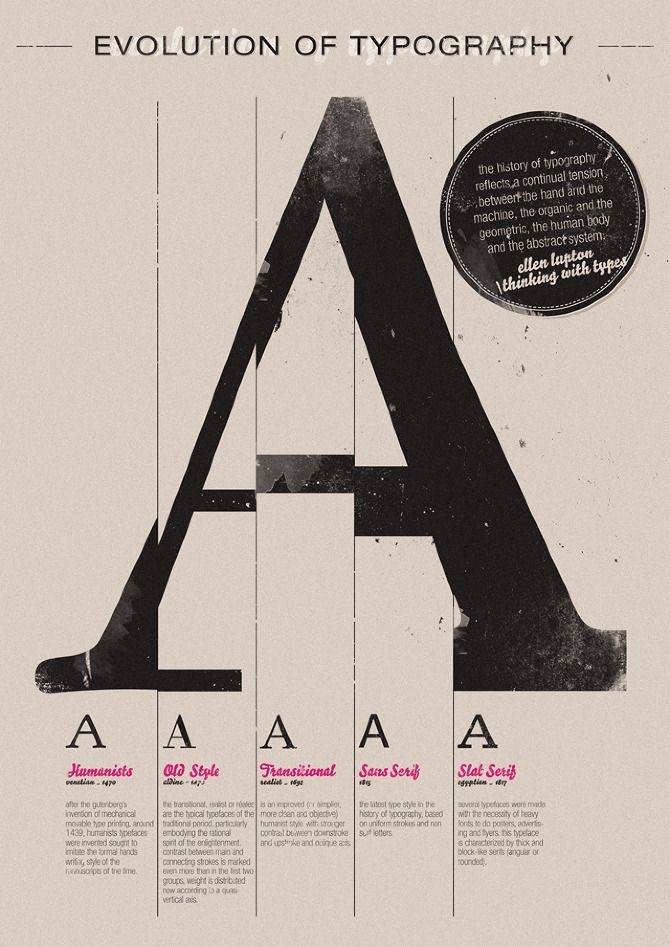Francesco Clemente (1952-present)
Francesco Clemente is a contemporary Italian artist known for his dreamlike paintings based on esoteric themes of sexuality and spirituality. Working across oil painting, installation, and watercolour, Clemente’s works are characterized by their formal experimentation with symbols, portraiture, and the human figure.
After an early academic background in classical languages and literature, he briefly enrolled as an architecture student at the University of Rome, in 1970. Throughout the 1970s, he exhibited drawings, altered photographs and conceptual works across Europe. Since 1973 he has frequently resided and worked in India. In 1981 Clemente moved to New York City, where he currently lives with his wife and children.
Fascinated with Indian art and mysticism, his gouache paintings and pastel drawings are especially noted for their intense and arcane quasi-religious content that has grown increasingly surreal in his later works. Though large in scale, I think Clemente’s work often conveys an uncanny and unabashed intimacy and he helped reinvigorate painting by using recognizable human figures as his primary subject. I especially love the pastel color palette and blended brush strokes!
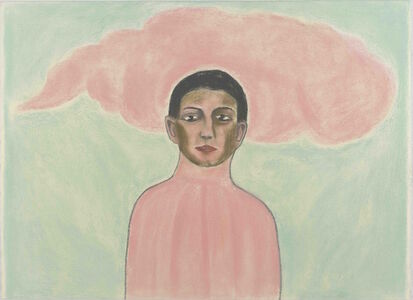
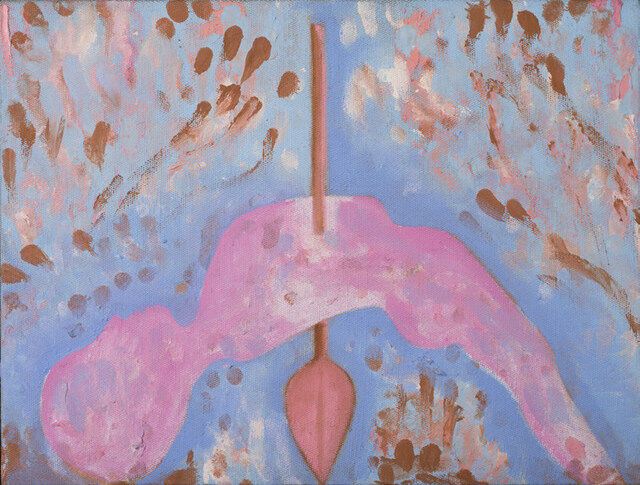
.jpg)

